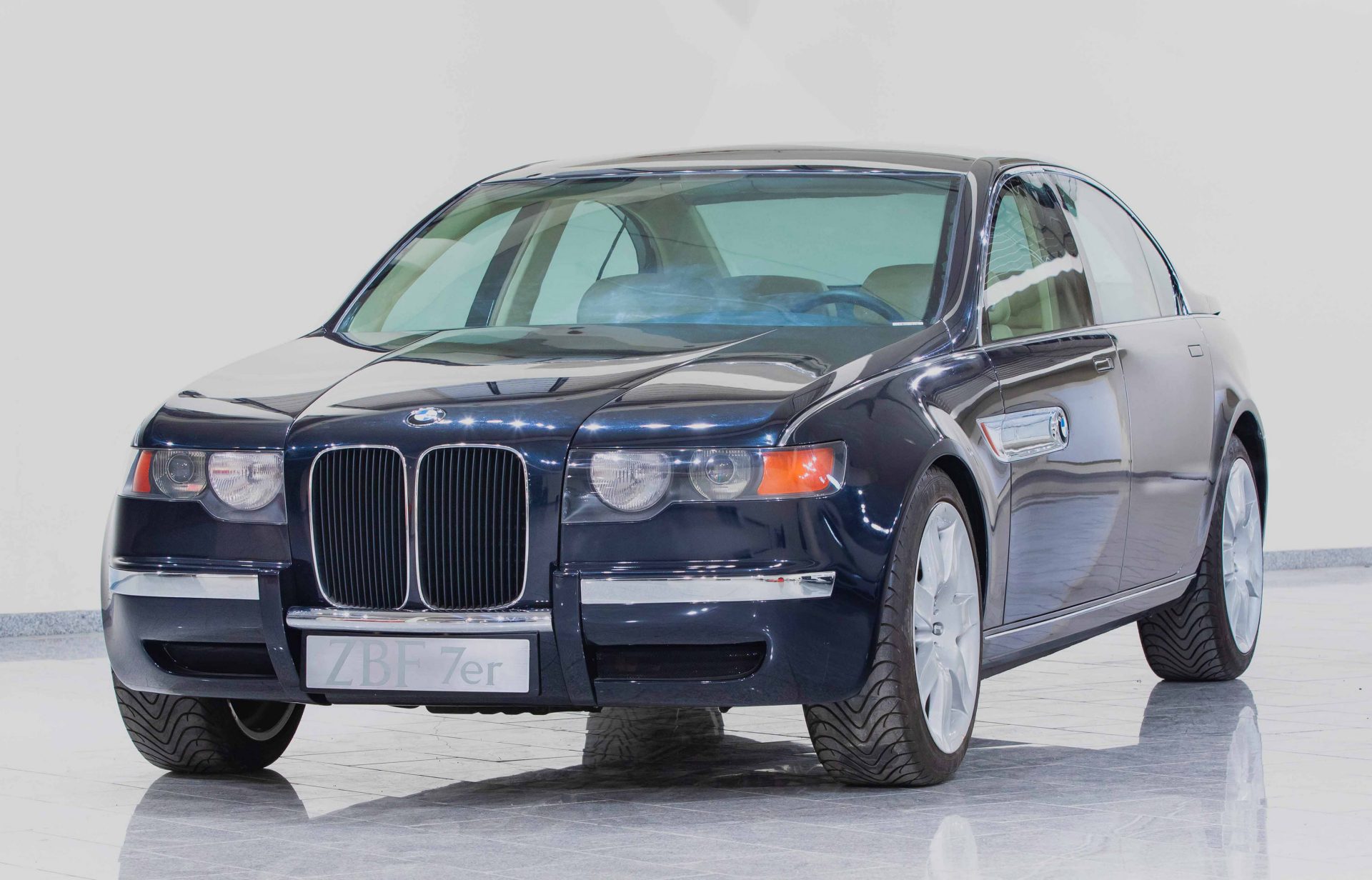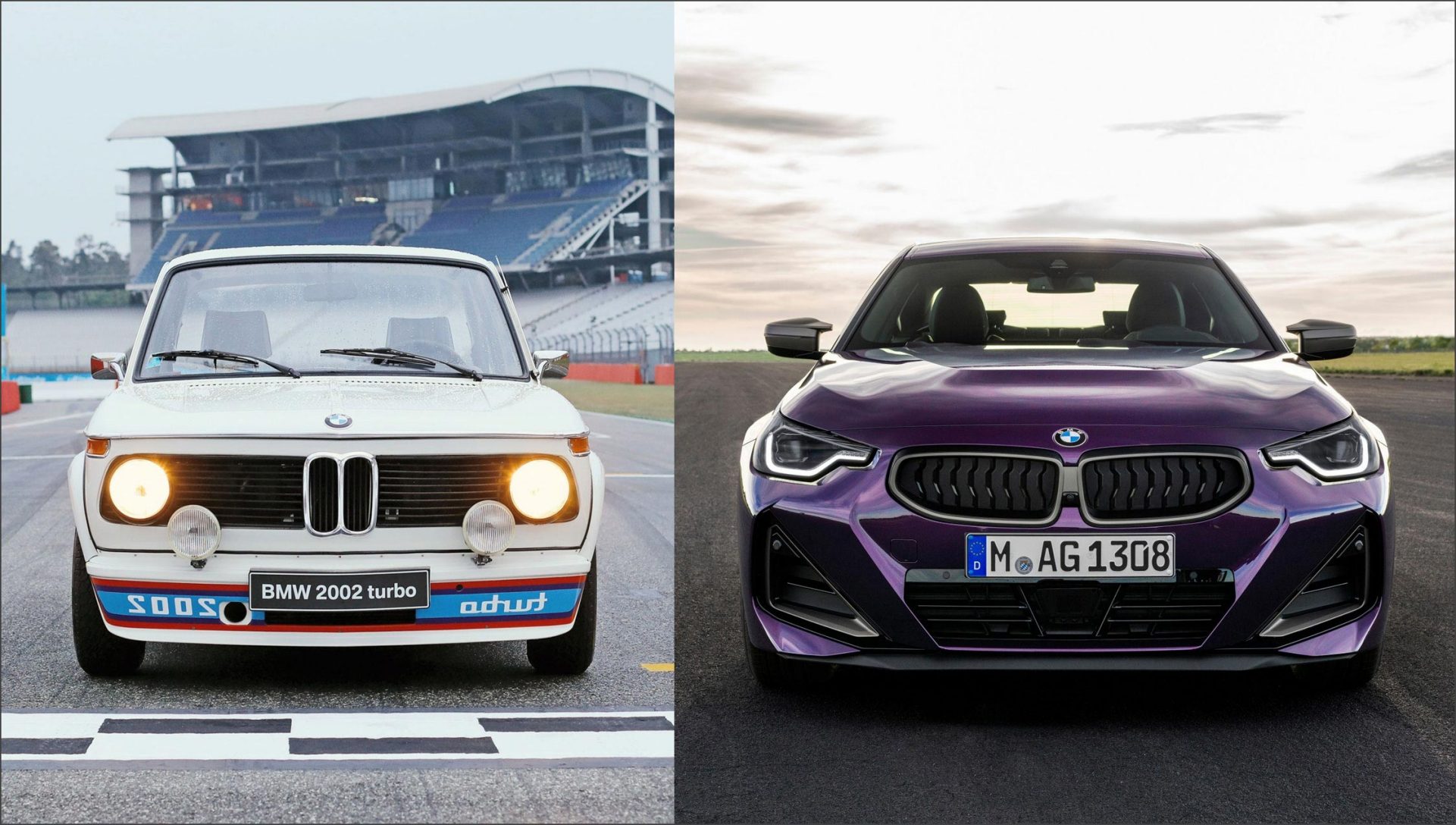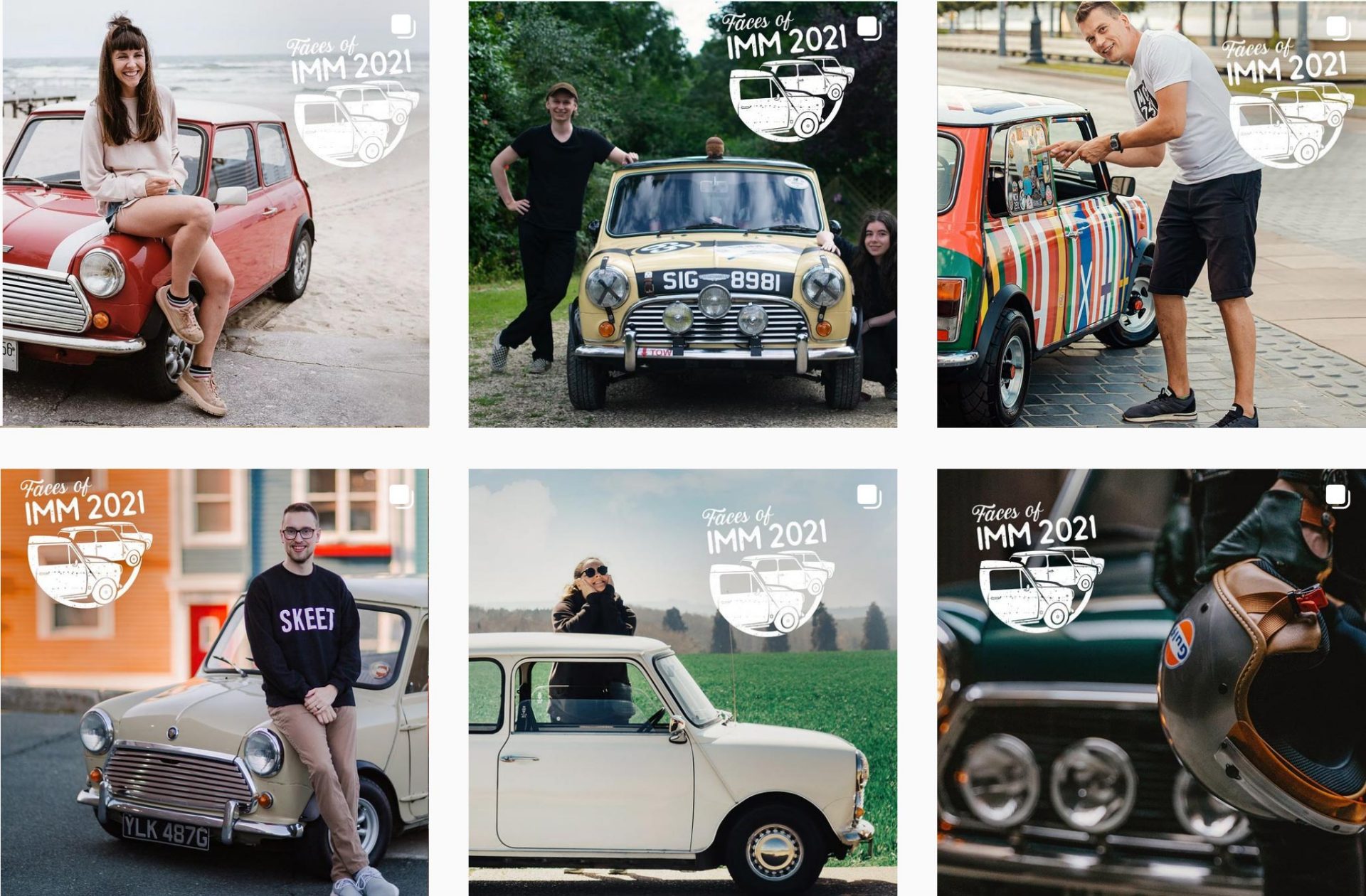| 16 July 2021 |
OUR BRANDS. OUR STORIES.
THE BMW GROUP CLASSIC NEWSLETTER #10_2021.
STORY OF THE WEEK

60 YEARS OF MINI COOPER: BIRTH OF A MOTOR-SPORT LEGEND.
When John Cooper was the first to compete in Formula 2 motor sport with a mid-mounted engine in 1955, the competitors were left rubbing their eyes in amazement. Up to that point, front-engined cars had dominated the formula class. But Cooper recognised that a neatly balanced car is better to drive, more agile and therefore also faster. Already as a child, John Cooper was steeped in the world of motor sport. He completed an apprenticeship as a toolmaker and joined up with his father, Charles Cooper – a respected engine specialist – to establish the Cooper Car Company. This firm developed, built and maintained vehicles in virtually all formula classes. This was how he became acquainted with engineer Alec Issigonis. Cooper and Issigonis hit it off straight away, kept in contact and bounced ideas off each other. In 1958, Alec Issigonis invited John Cooper to come on a test run in a small car he had designed with a transverse engine and a front-wheel layout. This concept was revolutionary at the time. Cooper immediately recognised the potential of the front-driven car with the low centre of gravity and the small wheels. It was launched in the marketplace as the Morris Mini-Minor and as the Austin Seven in the course of the following year. At the initiative of John Cooper, a small series of 1000 cars was produced soon afterwards. The modified engine with increased capacity to 1.0 litres generated power of 55 hp. The result of this development work was presented in September 1961 in the form of the first Mini Cooper. The reactions to the car were ecstatic – but they left room for just one modification: even more power. Issigonis and Cooper increased the capacity to 1071 cubic centimetres, which resulted in maximum power of 70 hp. This transformed the Mini Cooper S into an exceptional phenomenon, not just on the road. The class victory for the Finn Rauno Aaltonen at the Monte Carlo Rally in 1963 was the start of a unique string of successes in motor sport. It culminated in the three overall victories at the Monte Carlo Rally in the years 1964, 1965 and 1967.
BMW GROUP CLASSIC INSIDE

SECRET DESIGN STUDY UNVEILED: BMW ZBF 7 SERIES PROTOTYPE.
In this issue, the series “Inside BMW Group Classic” presents a design project that has to date never rolled out of the secret garages of the BMW Group: the BMW ZBF 7 Series prototype – a study that was penned in 1996 and was handcrafted in sheet aluminium. “ZBF” stands for “Zukünftige BMW Familie” or “Future BMW Family”. At the time, several BMW designers were involved in the project. The idea was for each of them to produce an interpretation of a future generation of BMW core products. The BMW 7 Series ZBF was, if you will, the visualisation of a future 7 Series. The features are clearly discernible. The exterior is presented as a high-end saloon in the luxury class with new proportions and a big presence. Overall, the study showcases a very brawny look thanks to the flared wheel arches, the contoured engine bonnet, asymmetric twin headlamps and the extended kidneys. The emphasis inside the BMW 7 Series ZBF was on luxury for four persons. This was the first car to feature an early version of the BMW iDrive communication and entertainment system, which was launched in the BMW Z9 study in 1999 and incorporated for the first time in volume production for the fourth generation of the BMW 7 Series in 2001. But see for yourself. In light of today’s knowledge of the model history, a perspective on previously unknown vehicle studies is all the more fascinating.
FROM THE BMW GROUP CLASSIC ARCHIVE

COMPACT DRIVING PLEASURE WITH TURBO POWER FROM YESTERYEAR AND NOW.
The new BMW 2 Series Coupé will experience its first big presentation in Germany at IAA Mobility 2021 in Munich. 48 years ago and likewise at the International Automobile Show, a compact BMW with two doors, four seats and rear-wheel drive already created a sensation with the visiting public. At the time, it was the turbocharging system for the four-cylinder engine of the BMW 2002 turbo that created the impact. It was the first time that the race-proven method of increasing power had been deployed in a series automobile. This pioneering achievement raised the power from the 130 hp of the BMW 2002 tii to 170 hp. As a consequence, the BMW 2002 turbo accelerated in the sprint to 100 km/h in less than seven seconds and reached a top speed of 211 km/h. Today, BMW TwinPower Turbo technology is standard with compact dimensions and powered rear wheels still making their contribution to driving pleasure under the auspices of the figure 2. The most athletic version of the new BMW 2 Series Coupé now outpaces the competition with an inline six-cylinder engine and all-wheel drive.
MEET BMW GROUP CLASSIC

INTERNATIONAL MINI MEETING: #FACESOFIMM SHOWS THE MOST FANTASTIC PICTURES OF THE MINI COMMUNITY.
The legendary International Mini Meeting – IMM for short – has been held annually for the past four decades. Fans of the marque from all over the world meet up at a different location every year. The prevailing circumstances meant that the IMM had to be postponed for a year (26 to 30 May 2022 in Geiselwind, Bavaria), and an appeal went out on Instagram for a virtual IMM. A post on hashtag #FacesofIMM encouraged the worldwide MINI Community to send in photos and videos. An extremely varied kaleidoscope of that MINI feeling was compiled from the contributions submitted, linking up fans of the classic Mini and the modern MINI throughout the world.